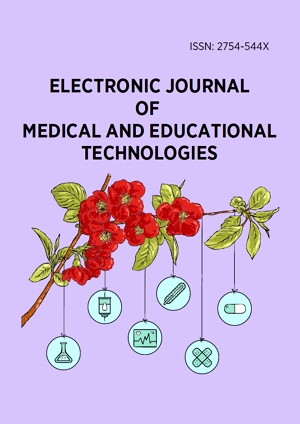Abstract
Introduction & Background: The current study aimed to compare the effect of vein finder device and conventional venipuncture technique on anxiety and physiological indices of children with 3-6 years old in pediatric medical care.
Methods and Materials: This is a randomized clinical trial which was conducted on 62 children between 3-6 Years old who were eligible according to the study inclusion criteria. This study was patients hospitalized in pediatric ward of Namazi hospital, Shiraz-IRAN, 2015. Vein finder device was applied in the intervention group while the control group receives the conventional venipuncture technique. Anxiety responses such as heart rate, respiratory rate, blood pressure, and blood oxygen saturation were assessed at 5 minutes both before and after the intravenous catheter placement procedure in both groups. Yale Preoperative Anxiety Scale (YPAS) was used to measure children’s anxiety scale. The data were analyzed by using paired t-test, independent t-test, and ANOVA test in SPSS software.
Results: Both groups were measured after the intervention. Parametric physiologic results reveal a significant difference in heart rate (p<0.001) and respiratory rate (p: 0.002) for both groups. No significant difference was reported for blood pressure and blood oxygen saturation. Mean anxiety score was reported 13/77 ± 1/94 in the intervention group and 18± 2/44 in the control group after applying the intervention (p: 0.001).
Conclusion: Study findings indicate a significant decrease of anxiety score for intervention group after the IV insertion. vein finder technology device was along with positive effects on anxiety reduction and physiologic indices balance for children between 3-6 years old, it can be applied as a proper method for IV catheterization in pediatric medical wards.
License
This is an open access article distributed under the Creative Commons Attribution License which permits unrestricted use, distribution, and reproduction in any medium, provided the original work is properly cited.
Article Type: Original Article
EUROPEAN J MED ED TE, Volume 14, Issue 4, December 2021, Article No: em2113
https://doi.org/10.30935/ejmets/11218
Publication date: 08 Sep 2021
Article Views: 2258
Article Downloads: 2789
Open Access References How to cite this article
 Full Text (PDF)
Full Text (PDF)